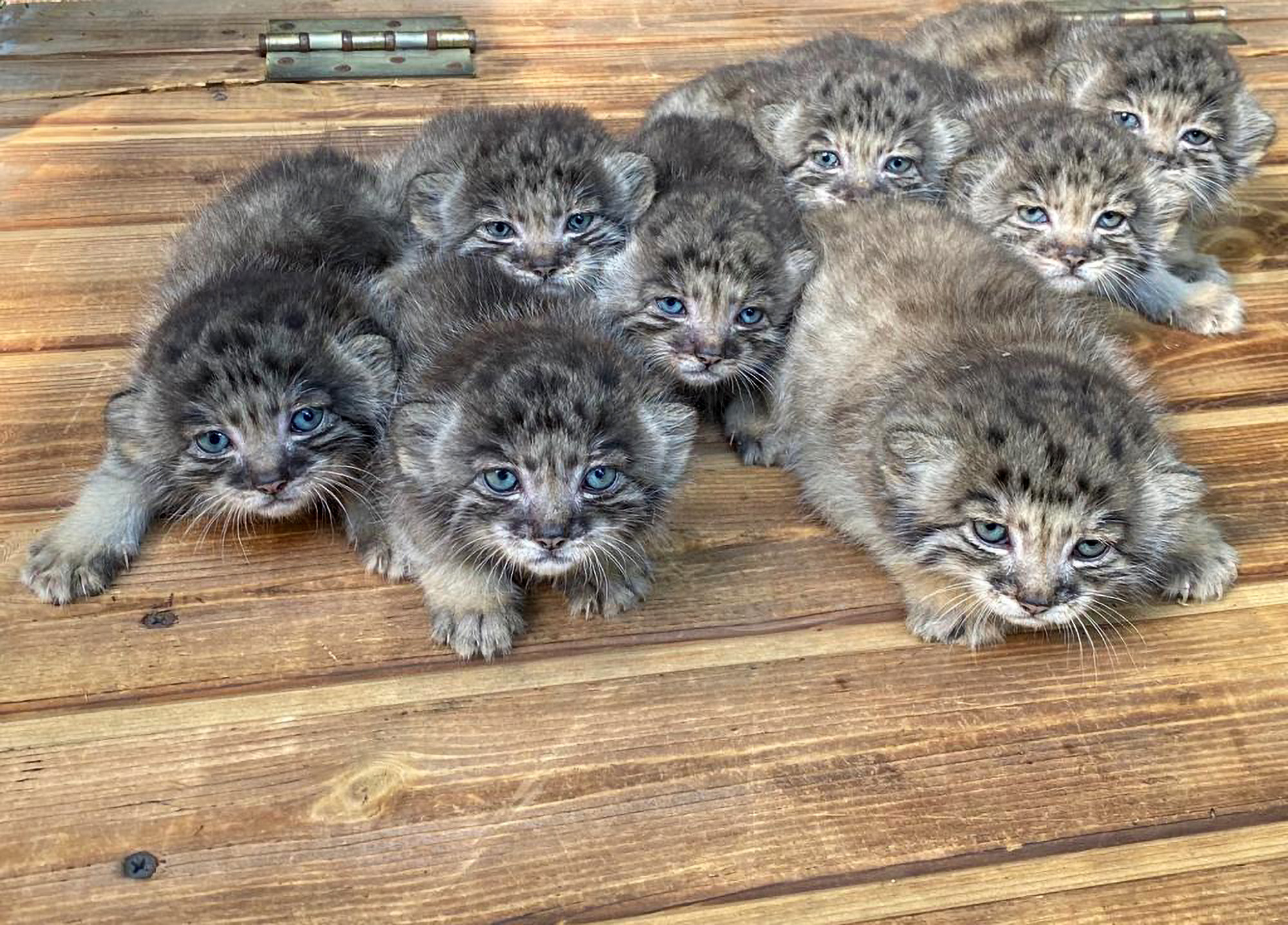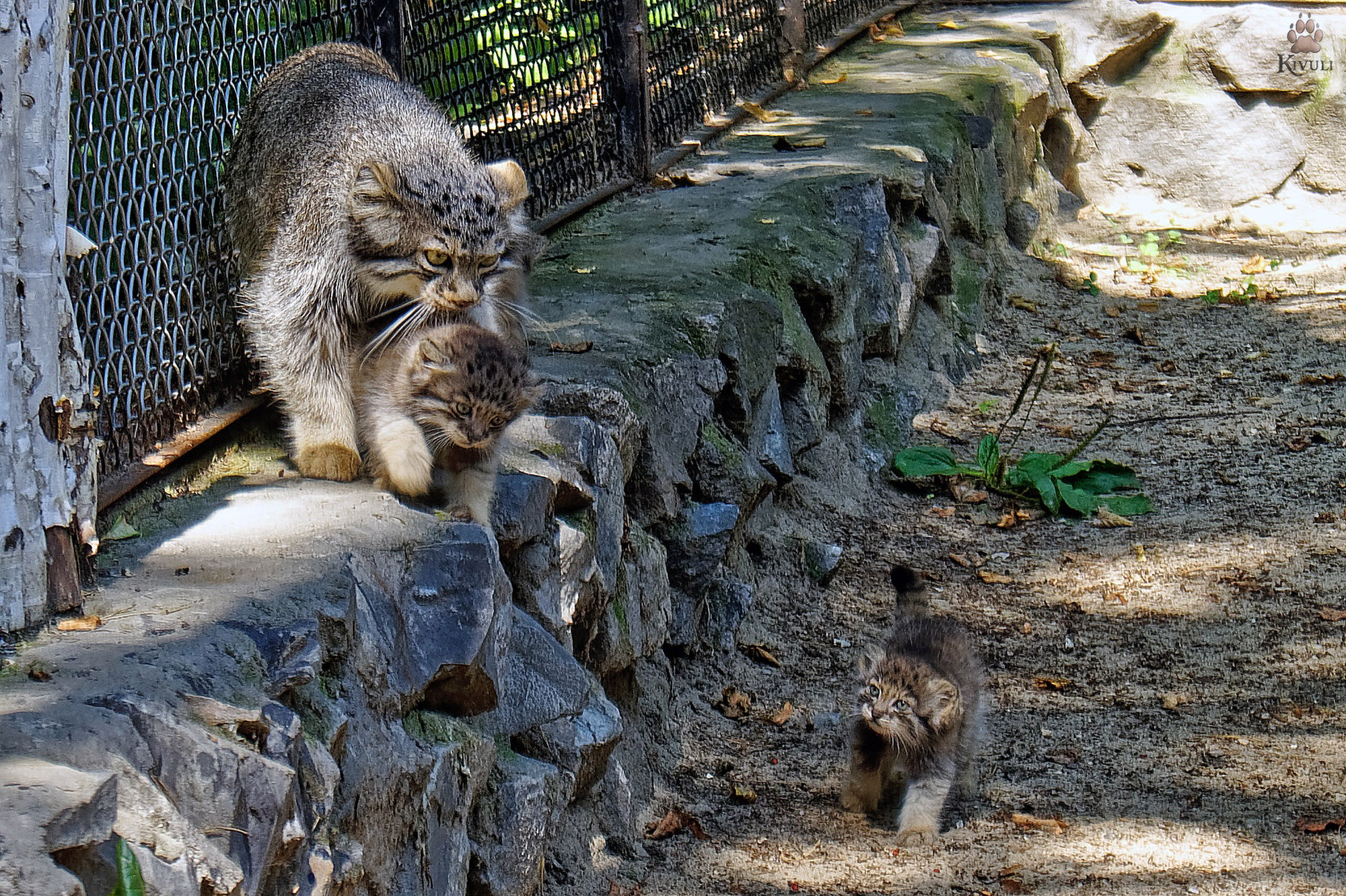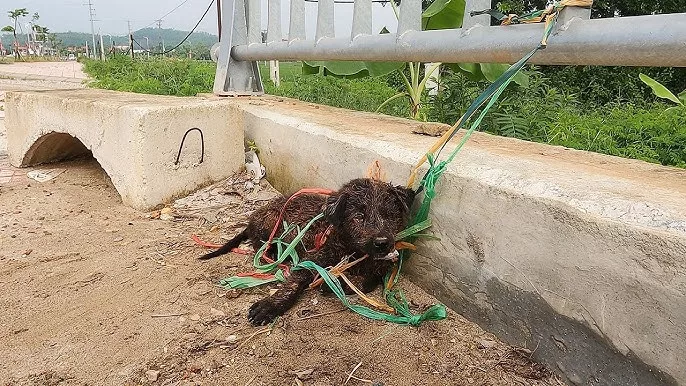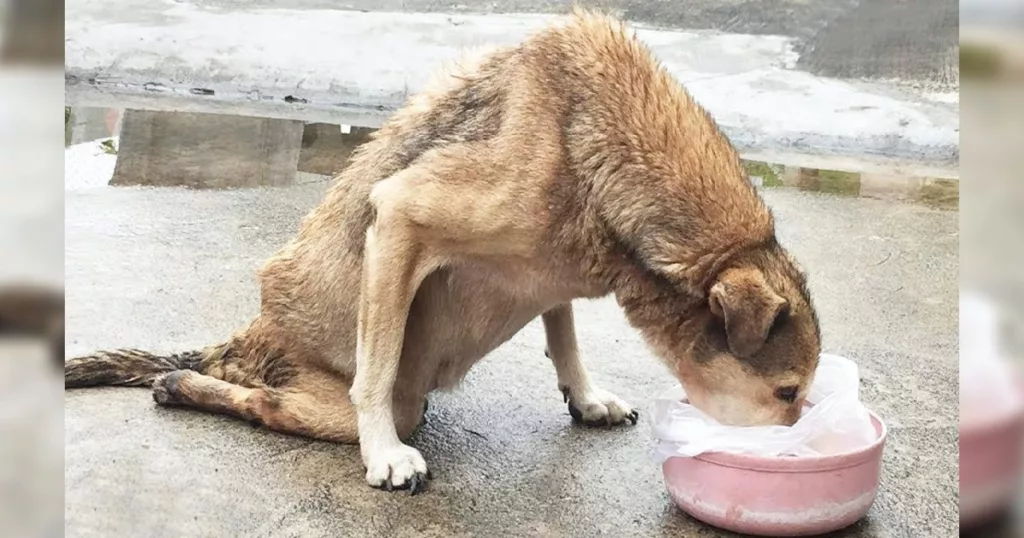These cute creatures, sporting a set of piercing blue peepers, are playing a pivotal part in the conservation endeavors aimed at safeguarding their kind.

The Novosibirsk Zoo in Siberia recently made an announcement on VK.com that they have welcomed 16 wild kittens into their zoo. The kittens were born in June to three female Pallas’ Cats, with one litter of three, another of five, and the third of eight. The exact dates of their births were not disclosed. These kittens were born with bright blue eyes that will change as they mature, first to green and then to yellow. The zookeepers and veterinarians are keeping a close eye on these cute creatures as they continue to grow. However, their future remains uncertain due to their young age.

The Novosibirsk Zoo is home to two charming Pallas’ Cat kittens, who are currently enjoying their playtime in their enclosure. The zoo has been breeding this cat breed since 1995 and sends them to various zoos across the globe to support international and European conservation programs. The Pallas’ Cat descendants from Novosibirsk can now be spotted in many countries, including France, Germany, Austria, Poland, Switzerland, Czech Republic, and Great Britain. Breeding Pallas’ Cats in captivity is a challenging task as they have a high mortality rate. These cats are typically found in rocky deserts and semi-arid regions stretching from Central Asia to Mongolia. Unfortunately, they are endangered due to habitat degradation and being hunted for their fur.

The Novosibirsk Zoo has become the home of an adorable Pallas’s Cat family, consisting of a mother and her two kittens, that have been melting the hearts of animal enthusiasts. The World Wildlife Fund (WWF) has reported that these cats have dwindled in numbers in Russia’s wild and have now resorted to captivity, with only 30 reported in zoos across the country by the end of 2019. Though the kittens have been seen peeking out of their den occasionally, they tend to shy away from strangers, including visitors. Nevertheless, the zoo staff has noted that the kittens are growing more confident, increasing the likelihood of spotting them in the future.


